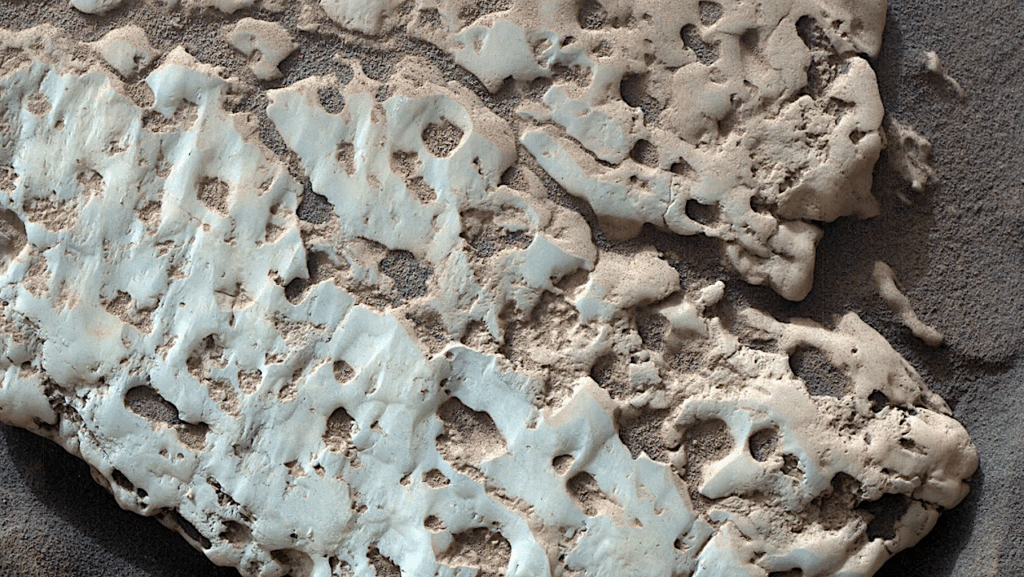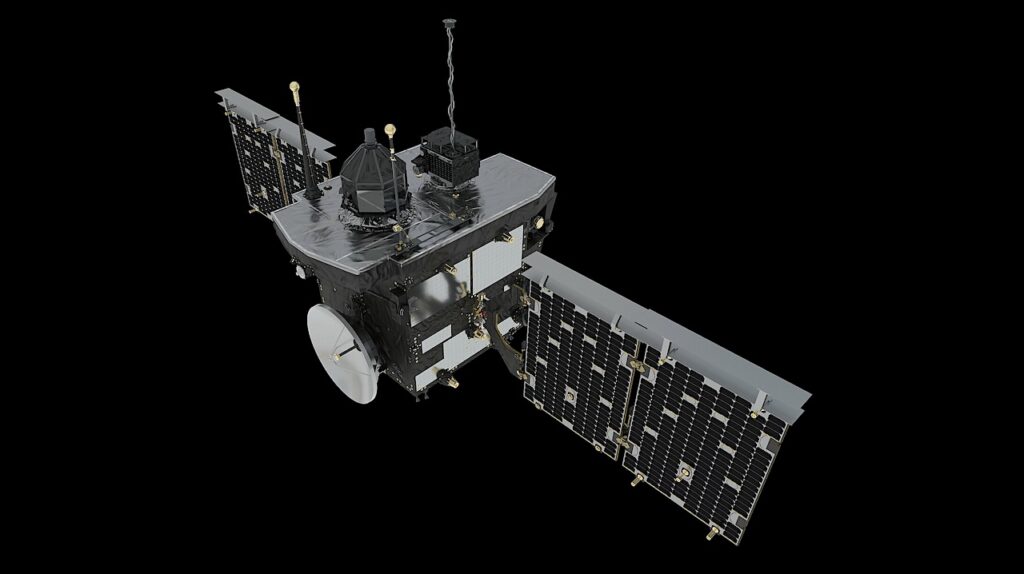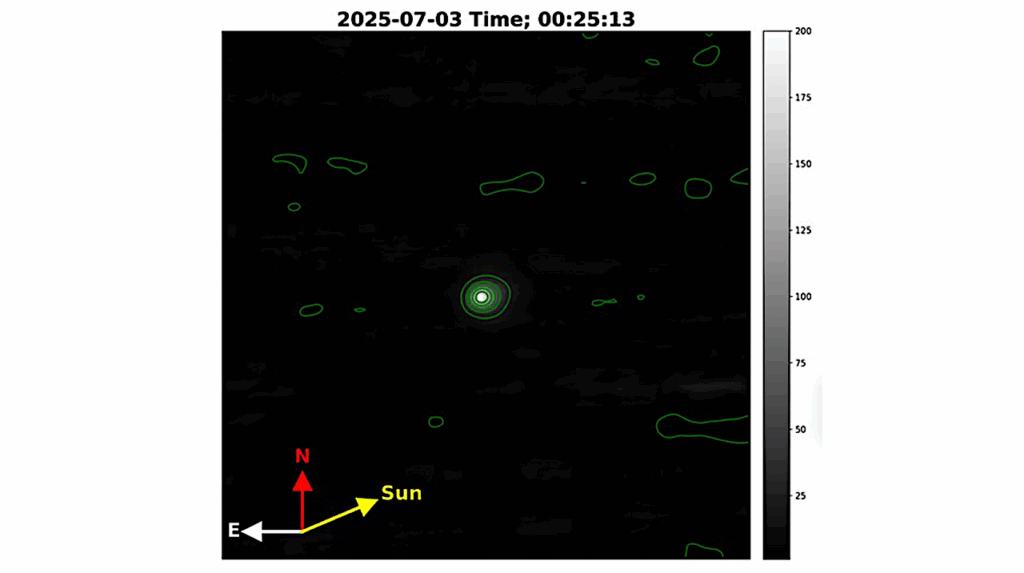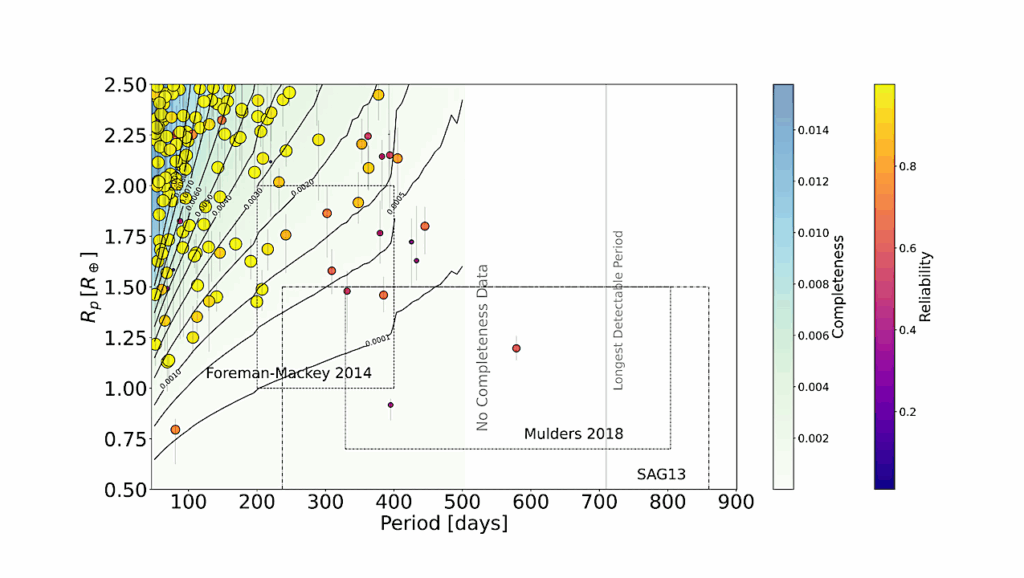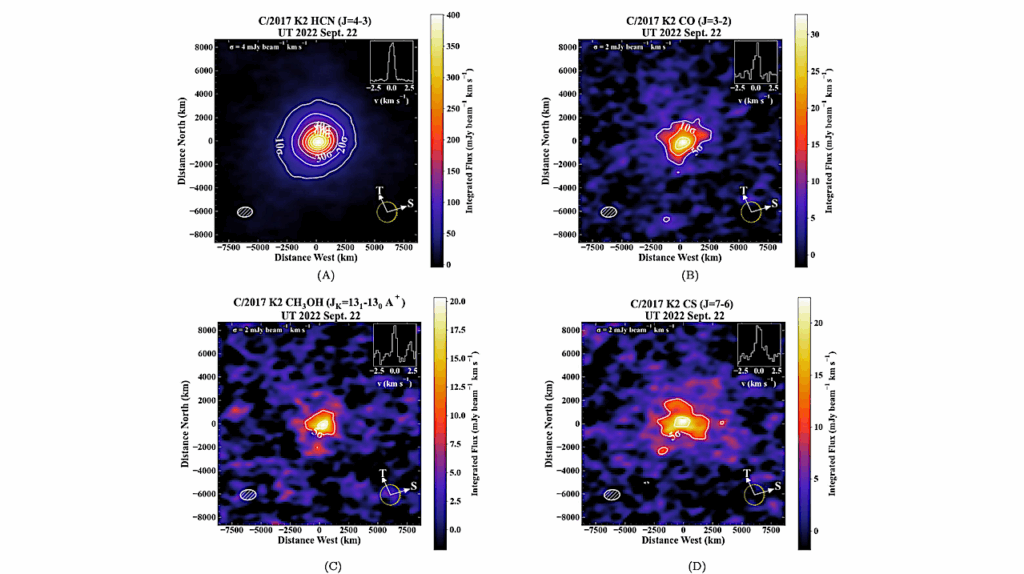Evolution of the Modern Nitrogen Cycle
NAI’s Deep Time Drilling Project supported the drilling of several pristine cores from ancient rocks in Western Australia in 2004, and a new paper in Science, led by University of Washington astrobiologists, outlines results from the analysis of these cores. The nitrogen isotope values in the core from the 2.5-billion-year-old Mount McRae Shale vary over 30 meters, evidently recording a temporary change from an anaerobic to an aerobic nitrogen cycle, and back again to anaerobic. Other data suggest that nitrification occurred in response to a small increase in surface-ocean oxygenation. The data imply that nitrifying and denitrifying microbes had already evolved by the late Archean and were present before oxygen first began to accumulate in the atmosphere.
[Source: NAI Newsletter]


